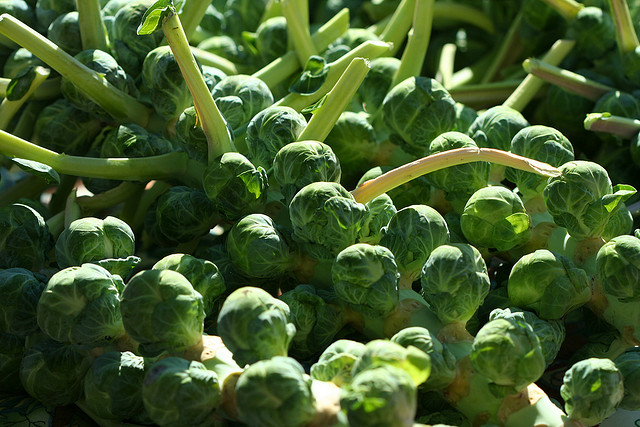
Brussels sprouts are not as popular as their relatives are white and cauliflower. But summer residents grow popular varieties of Brussels sprouts on household plots because of their special taste and unusual appearance. The base of the plant is a sturdy stalk that grows up to 90 cm. A dense and hard trunk from afar resembles a palm tree. Leaves grow on it, and small cabbage heads are located above them.
Content
Varieties of Brussels Sprouts
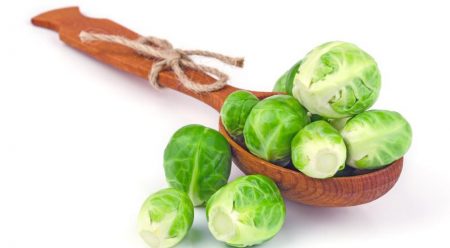
When choosing a hybrid, it is worth paying attention to the ripening time of the vegetable, its yield, and taste. It is hybrid species that are protected from diseases and pests. Brussels sprouts - a two-year-old plant, forms a stem in the first year, few fruits. They appear in the second year of life.
Curl
Late variety, fruits ripen in 160-180 days. Each head of cabbage on a meter-long stem weighs about 15 g. 50-60 fruits are harvested from one plant. They are suitable for fresh consumption and in preparations for the winter.
Perfection
Middle-late cabbage, bred by domestic breeders. Productivity from one bush to 5 kg. The variety is frost-resistant, resistant to fungi.
Boxer
Mid-late hybrid, 13-15 kg of heads of cabbage are harvested per square meter. Cabbage is resistant to many diseases and harmful insects, with long shelf life.
Hercules 1342
Maturing terms of 140-150 days. On one copy, 20-30 pieces of heads are formed. The fruits are quite large, weighing 100-300 g. The height of the stem does not exceed 50 cm. Harvesting takes place in November, the variety is frost-resistant.
Common types of Brussels vegetable are: Diablo, Low Hercules, Franklin, Gribovaya Gribovskaya, Dolmik, Rosella, Sapphire.
Landing time
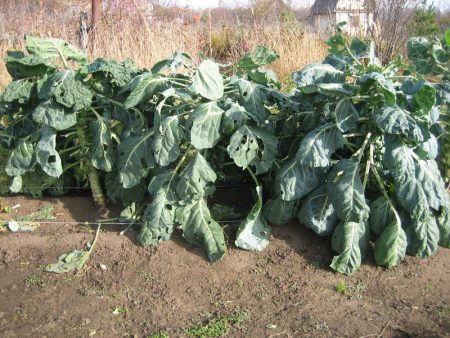
The optimal time for planting seed material for seedlings is from March 10 to April 5. From the time of sowing seeds to planting seedlings on beds passes 35-45 days. Seedlings are transferred to open ground when they have 5 leaves. Planting in the garden is carried out from May 10 to June 5.
Dates of sowing seeds in open soil:
- Early ripe varieties: June, Golden hectare, Express, Transfer. Seeds are sown from March 15 to 30. Cabbage has tender leaves, small heads of cabbage, and the growing season is 110–120 days.
- Mid-season hybrids are suitable for harvesting for the winter and fresh consumption. Heads of cabbage are harvested 130-150 days after planting seeds. Hybrids: Symphony, Table, Glory 1305 and others planted from March 20 to April 15.
- The vegetative period in late cabbage is 160-180 days. Varieties: Morozko, Garant, Arctic, Stone Head are planted on April 10-20.
Planting of seed should be carried out 45-50 days before the planned planting in the ground.
Seeding time depends on the region where cabbage is planted. In the northern and western regions of the country, vegetables are planted through seedlings. Later varieties are grown only in greenhouse conditions, as they do not have time to ripen before frost.
Conditions for planting brussels sprouts
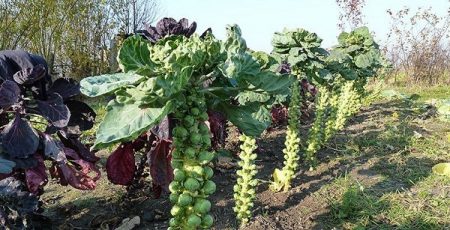
For Brussels sprouts, the southern and southeastern sections of the garden are suitable. Preference is given to areas where potatoes, carrots, onions, legumes, and cucumbers grew. Vegetables are planted at the same place 4 years after harvest.
The main conditions for the successful planting of cabbage:
- lighting - sunny bright areas;
- soil - loam, light, fertile soil, pH 6.5 - 7;
- place - lowlands;
- air temperature - not lower than 18 degrees during the day, at night 6 ° C *, optimal for tying heads 12–13 degrees;
- humidity - not less than 70%.
Growing seedlings
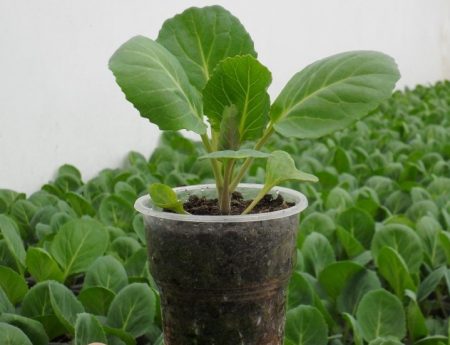
In order for the seeds to sprout as much as possible, and the seedlings not to die, several conditions are necessary: high-quality seed material, fertile soil, top dressing, proper care.
Container selection
Boxes are selected with a depth of at least 8 cm. They are poured with boiling water, treated with soda. After the procedure, earth is poured into them.
Use:
- Individual pots. No picking is required, you can transplant into the ground immediately with a lump of earth, pulling it out of the glass along with seedlings.
- Boxes. Space saving - several seeds are planted in one container.
- Peat pots, tablets, cassettes. No picking is needed, the container serves as fertilizer, planting occurs with the container, the roots are not damaged. Air passes well. The main condition - you must constantly monitor the humidity of peat.
Soil and seed preparation
When buying seeds, you need to pay on the expiration dates on the package. Be sure to check the quality of the material after opening. It is advisable to take seeds with a margin, they may not all sprout. Store the seed at a temperature of 5 ° C *. Before planting, the seeds are dipped for 10 minutes in warm water at 45 degrees, then for a minute in a cool liquid. Soak for 15 minutes in a weak manganese solution. They are washed in water, sent to the refrigerator for 15 hours, dried so as not to stick together.
They plant seeds in a container with an earthen mixture: peat, sand, turf land (1: 1: 1). The soil is disinfected with a weak solution of manganese. A couple of days before sowing, make 3 tablespoons of ash per kilo of earth, and half a spoonful of superphosphate. The soil should be light.
High salt content in the soil and low acidity slows down the development of roots.
Sowing seeds
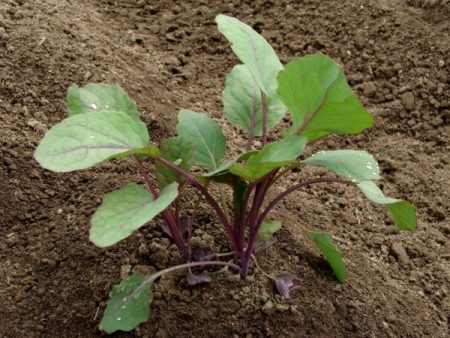
Seeds are lowered into the ground to a depth of 1-1.5 cm, carefully covered with earth and watered. Saplings calmly tolerate low temperatures: during the day +16 C *, at night + 6-7 C *. The first two days the seedlings do not water. Then watering is done as the soil dries. The soil must be moistened, but not flooded. If the room is dry, then the container is covered with a film until germination. After 6-7 days, the first sprouts break through. The container is transferred to a bright place.
Pick
After 12-14 days, the first leaves will appear on the plants, you can pick. Before transplanting, seedlings are well watered. Pots or cups use a volume of 200 ml. Take a small shovel, carefully raise the earth with the seedling and transfer to a new container. The roots are slightly nibbled, lowered into the prepared pits and covered with soil to the leaves. Watered, put in a shaded place for two days, so as not to get direct rays. Room temperature - 20 degrees.
Feeding seedlings
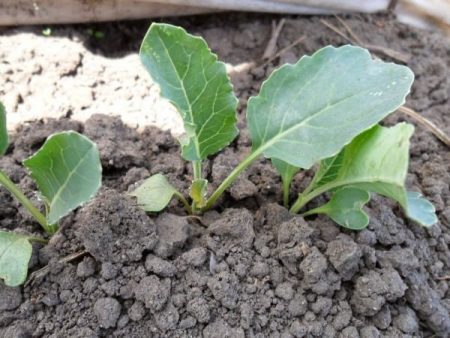
Two months will need 2 fertilizing plants. 7-8 days after the dive, complex additives are added, for example, azofoska or urea in accordance with the instructions. You can prepare the composition yourself: on 5 l of water, 20 g of superphosphate, 5 g of potassium sulfate, 10 g of saltpeter.
After top dressing, seedlings are abundantly watered.
The second top dressing is done 15 days after the first. 50 g of superphosphate are diluted in a bucket of water. 25 g of saltpeter, 20 g of potassium.
Seedling Care
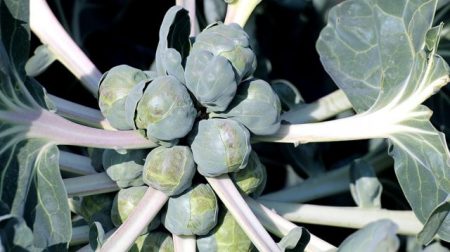
Growing seedlings in a cool nursery (14-15 C *) has its advantages: seedlings do not stretch, do not become infected with fungi, and pass hardening. So that the seedlings do not stretch, choose a well-lit place. Suitable eastern and southern parts of the room.
The necessary conditions:
- Daylight hours for young animals 16 hours. With a lack of light, lamps are used.
- Nutritious soil with humus, peat and sand.
- If you use large containers, then the gap between the seedlings is 4-5 cm. The distance between the rows is 7 cm.
- Watering is done as the soil dries. A lack of moisture slows down the growth of seedlings. They are watered in the morning, the water temperature is 20-22 degrees. 5 days before planting on the beds, seedlings are not watered.
- Humidity 60-70%.
- For high grades, they additionally put stakes to which high stems are tied.
12 days before planting in the garden seedlings are tempered. It is daily transferred to the balcony, left for 2 hours, where the temperature is 6-7 degrees Celsius. They make sure that the seedlings do not suffer from direct sunlight.
Sowing seeds on the beds
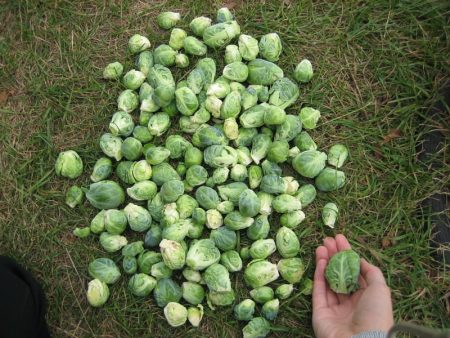
Immediately sow seeds on the beds when the earth warms up to 15 degrees. For sowing, only early varieties of cabbage with a vegetative period of up to 130 days are chosen. You need to have time to harvest before frost.
Seeds are planted in rows, in a nesting manner. Seeds are lowered into the hole 2-3 cm in depth, the gap is made between them 50 cm. Gently cover the ground and watered. You can plant 2-3 seeds in one hole. If there are a lot of seedlings, then the planting is thinned out, leaving strong, healthy seedlings. The row spacing is 50-60 cm.
Outdoor Care
After planting young animals or sowing seeds on open soil, it is necessary to observe some conditions of care. Without them, the desired crop and excellent taste of vegetables will not work.
Watering
Water the plants in small portions so as not to fill the growth point. When the seedlings harden, watering is increased to 35-40 liters per square plot. Grooves are dug between the rows, water is supplied through them. When the soil is saturated, the grooves are sprinkled with earth.
Watering during head formation is important. On hot days, irrigation is carried out every 3-4 days. After watering, the soil is loosened so that a crust does not appear. Mulching with grass and straw helps to avoid the rapid evaporation of water and reduces the number of irrigations. In addition, mulch saves from weeds.
Fertilizer
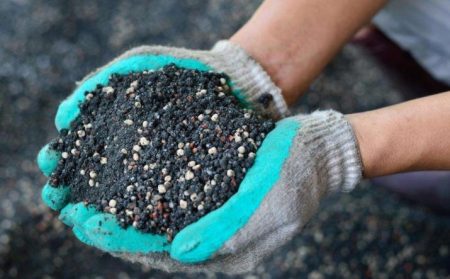
Before planting seedlings make a sufficient amount of fertilizer. In the fall, during a deep dig, they fertilize the site with humus (5 kg per 1 sq. M) or 6 kg of peat compost and 20 g of potassium chloride. Need ash - 200 g per 1 sq. Km. m. But if this is not done, then young animals are fed with additives:
- 15-16 days after planting the seedlings, nitroammophoska is added 1 small spoon to 2 bushes;
- during the formation of heads, add 20 g of potassium sulfate, a spoon of nitroammophoska, 20 g of superphosphate to 9-10 liters of water - the mixture consumption per plant is 1.5 liters.
With an excess of organics, the heads become flabby and not tasty.
All feed is introduced only into moist soil. After fertilizing, water should also be watered.
Loosening and hilling
Loosening is done 5-6 times during the vegetative period. The procedure increases the supply of oxygen to the roots, helps get rid of weeds. The first cultivation is carried out 10 days after planting seedlings. Subsequent do with an interval of 12-14 days. Loosen the earth after it dries and stops sticking. On light sandy loamy soils, loosening is less common. Brussels vegetables are not spud, because cabbage heads are formed on the lower leaves.
Pest and Disease Control
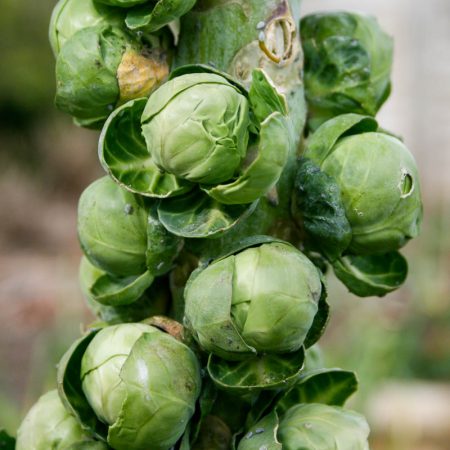
If you follow all the rules of agricultural technology, take care of vegetables, monitor the beds, then the cabbage heads will grow healthy and give an excellent harvest.
Harmful insects
The Brussels beauty has many enemies: cruciferous flea, aphid, babanuha, flies, black flea, ognevka, bedbugs, moth, wireworm, bear, scoops and others.
Preventive measures against pests give good results:
- correct crop rotation;
- processing seeds before sowing;
- soil preparation for planting;
- proper and timely care;
- cleaning of beds from weed grass;
- digging a garden in the fall.
The fight against pests that have appeared is better to be carried out with the help of folk remedies. If there are a lot of insects, then resort to chemical treatment - bactericidal insecticides. The rate of use is indicated in the instructions or on the product label.
Disease
The main diseases of Brussels sprouts: white and dry rot, keel, linen, ring and black spotting, mosaic, black leg, powdery mildew, bacteriosis. All diseases are caused by different types of fungus.
If the disease has covered only part of the plant, then it is treated with fungicides: Fundazole, Maxim. When infected with more than 50%, the plant is removed and burned. A dangerous disease can infect neighboring bushes. Viral diseases are not treated, the whole plant is removed.
Harvesting and storage
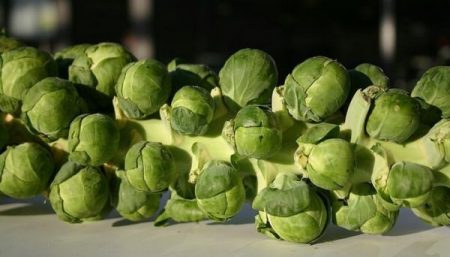
25-30 days before harvesting, the tops of the stems are cut off. The procedure helps to direct all the forces of the plant not to growth, but to the maturation of heads of cabbage.
They start picking vegetables from the end of September until the frost. Harvesting depends on the variety of cabbage, the time of planting and the region in which the crop is grown. Harvest the whole crop when the leaves turn yellow.
When harvesting, they tear not only the heads of cabbage, but also the leaves on which they grew. Trim lower heads of cabbage and gradually rise up the trunk. Only large heads can be cut, leaving small fruits to ripen.
Vegetables are lowered into the basement. In the drawers, the heads are set at an angle to the rows. Sprinkle with sand on top and store all winter. To increase the shelf life, the bushes are dug up with rhizome, dug in the basement, placing the plants tightly. You can cut the cabbage with stumps, put them in 4-5 pieces and leave them in the cellar. In a plastic bag in the refrigerator, cabbage is stored for up to 1.5 months or frozen in the freezer for the whole winter.
Tips and secrets of growing cabbage
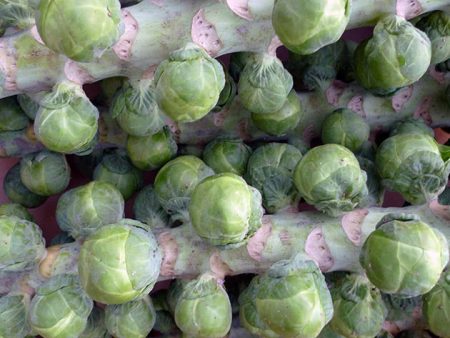
Successful cultivation of vegetables depends on the climate and weather conditions in this region, compliance with agricultural regulations and many other factors:
- the selected variety must comply with the climatic conditions of the region in which it is grown;
- Before buying, you should familiarize yourself with the characteristics of the hybrid;
- it is better to purchase seed from trusted manufacturers;
- with an excess of nitrogen, cabbage eats, foliage grows, heads do not form;
- if you remove the lower leaves, heads of cabbage ripen faster under the sun;
- with increased soil acidity, ash and limestone are introduced;
- the plant does not tolerate drought, with a lack of water, the heads are small and have a bitter taste;
- no need to worry if there are no ovaries for a long time, head of cabbage begin to form in mid-August;
- turn a really beloved business into a business, with a competent approach, you can get a good income from a small site.
Brussels sprouts will decorate any festive table. Heads of cabbage are fried, marinated, stewed, stuffed. Fresh vegetables in a salad, seasoned with sauce, are delicious. And on vitamins and nutrients, she breaks records among her sisters. It is worth trying to grow Brussels sprouts to make sure of its qualities.

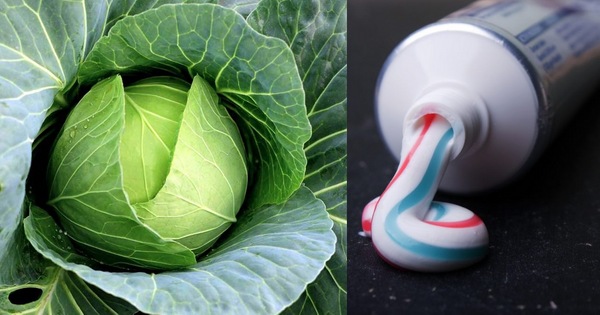
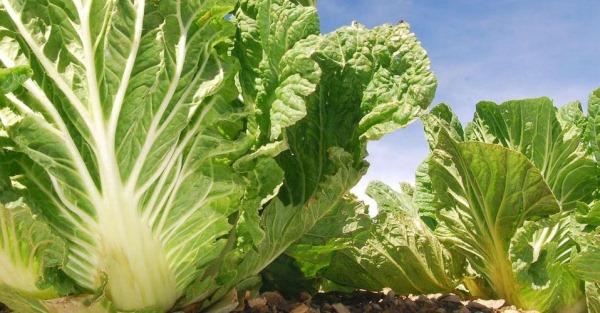
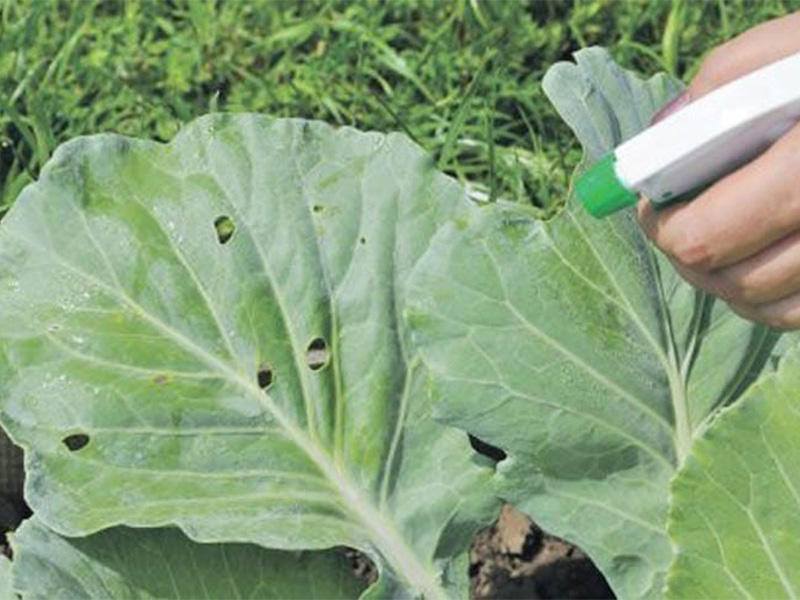
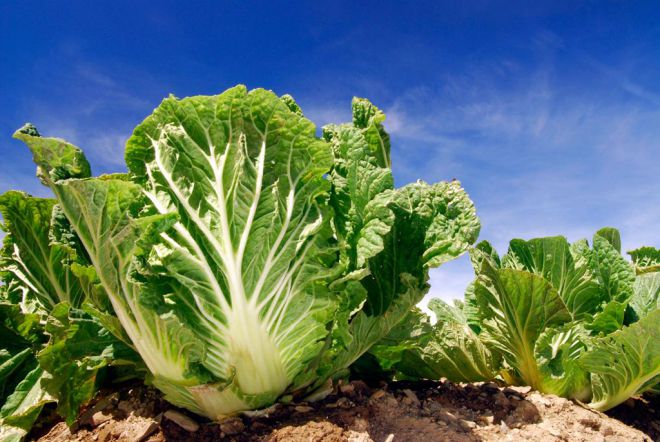 How to grow Chinese cabbage on your site?
How to grow Chinese cabbage on your site?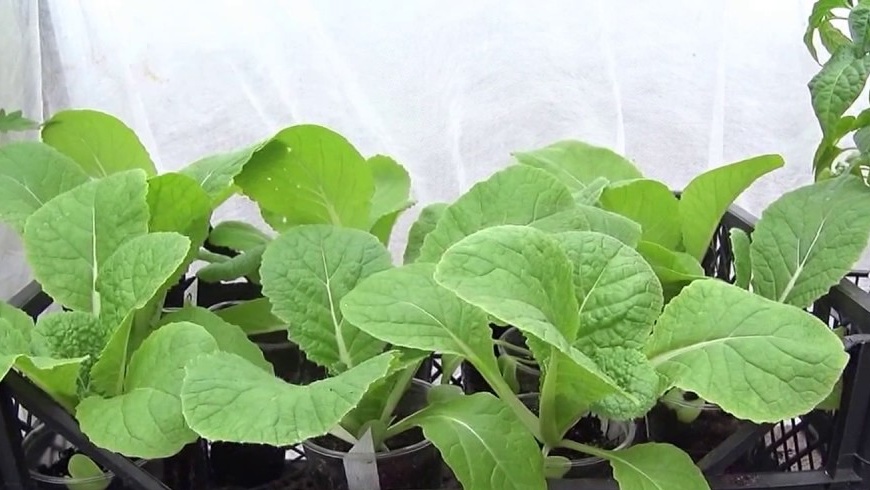 When to plant Chinese cabbage on seedlings in 2024
When to plant Chinese cabbage on seedlings in 2024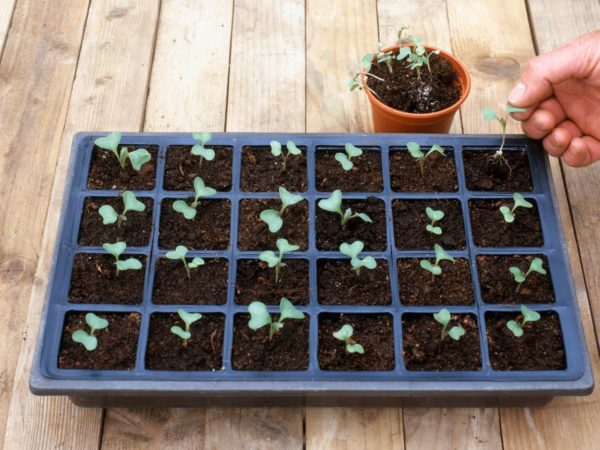 When to sow cabbage for seedlings in 2019 on the moon
When to sow cabbage for seedlings in 2019 on the moon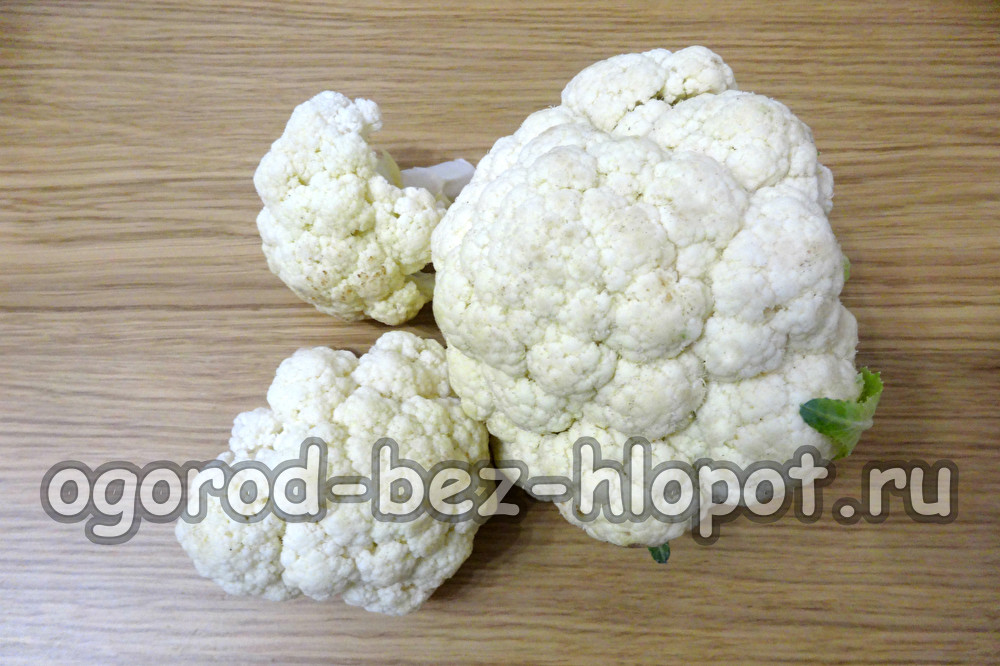 Cauliflower: how to grow large snow-white inflorescences
Cauliflower: how to grow large snow-white inflorescences